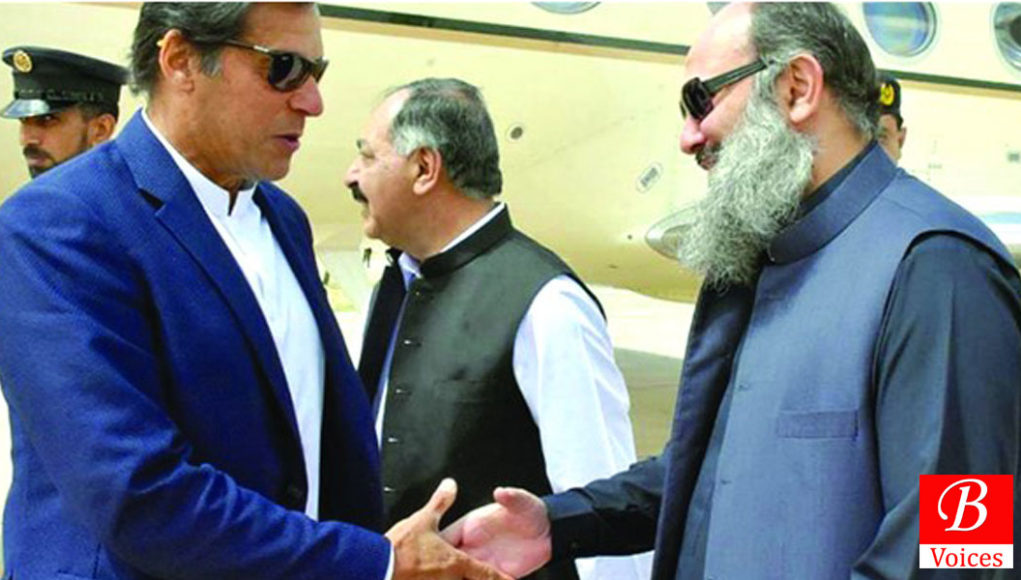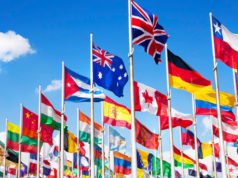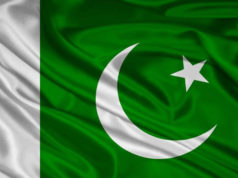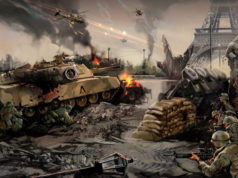 Muhammad Shahbaz Rajper
Muhammad Shahbaz Rajper
The political struggle of Pakistan Tehreek-e-Insaf has been witnessed since its establishment in 1996. From its humble beginnings in 1996, PTI underwent years of grassroots organizing and political activism. Imran Khan, a renowned cricketer turned politician, played a pivotal role in attracting a diverse group of supporters and party members.
PTI, after a lot of ground-level struggle and hard work, evolved as one of the major political parties of Pakistan in the 2013 General Elections. The party’s emphasis on anti-corruption, good governance, and social justice struck a chord with many Pakistanis, especially the youth. PTI’s relentless efforts eventually paid off, as it emerged as a major political contender in the 2013 General Elections. During that period of Nawaz’s Government, PTI witnessed an all-time peak with support from civilians and state institutions. Every ambitious person on the day of the General Elections 2018 was having a dream of “Naya Pakistan” in their mind. That struggle of the nation helped PTI hold the strains of Pakistan.
The COVID-19 proved to be a nightmare for the PTI Government. Because of this virus, the Islamic Republic of Pakistan had to go through a very rough patch facing both economic and social insecurities. Due to such a situation and bad economic conditions with increasing inflation, the PTI’s government was highly criticized. Another nightmare to the political stability of Pakistan as well as PTI proved to be the “No Confidence Motion” against Prime Minister, Imran Khan.
The first blood of PTI was drawn during this period of “No Confidence Motion” where some party members and allies disowned PTI and voted against Imran Khan. After the ouster of Imran Khan in April 2022, the country has gone through various economic upheavals and socio-political instabilities. This first dagger in the back of Pakistan’s largest political party was surely based on the contrast of personal interests where people whose interests were not being served by Imran Khan’s government chose to leave the party.
In the meantime, a lot of political gatherings (Jalsa), and large media campaigns were led by the PTI chairman, to pressurize the government for early elections and their ouster. Following an assassination attempt on Imran Khan, he was arrested from the premises of Islamabad High Court, which led to the 9th of May Incident, leading to large social chaos and infrastructural as well as human losses. The state institutions were also under target by the extremist ragged mob.
The weak chains of political relations among the PTI members were torn after the large number of arrests of political leaders of PTI. Many of the members of PTI resigned from the party positions. There was a wave of such resignations that showed the internal conflicts within the party and weakened the largest political party in Pakistan.
The internal conflicts within the PTI led to the resignation of many of the senior leaders of the party. Two new political parties, the Istehkam-e-Pakistan Party and Pakistan Tehreek-e-Insaf Parliamentarians, both comprised a large number of ex-PTI members showing the huge loss PTI has faced due to such a situation. The Istehkam-e-Pakistan party is being led by Jahangir Tareen, former PTI member and a close ally of PTI chairman, Imran Khan. Whereas, the Pakistan Tehreek-e-Insaf Parliamentarians are led by Pervez Khattak, the Ex-Chief Minister of KPK, who remained one of the closest friends and supporters of Imran Khan.
The resignation of the senior leadership of PTI in such a sudden and rapid way could be termed as the political assassination of PTI. The major elitist stakeholders of the current PDM government have successfully executed the plan of the assassination of PTI as the largest political party in Pakistan. Whereas the question of survival still remains as to whether PTI could evolve out of this situation with resilience and succeed without its renowned top-brass leadership.
The journey of Pakistan Tehreek-e-Insaf has been one of remarkable struggle and achievements. From its inception in 1996 to becoming a major political force in Pakistan, PTI faced both peaks and challenges. The outbreak of COVID-19 and subsequent economic hardships, combined with the “No Confidence Motion” and internal conflicts, tested the resilience of the party. However, PTI’s ability to adapt and evolve will determine its future trajectory in the ever-changing political landscape of Pakistan.
The writer is a freelance columnist. He tweets @Msrajper786.
Disclaimer: Views expressed in this article are those of the writer and Balochistan Voices does not necessarily agree with them.
Share your comments!








